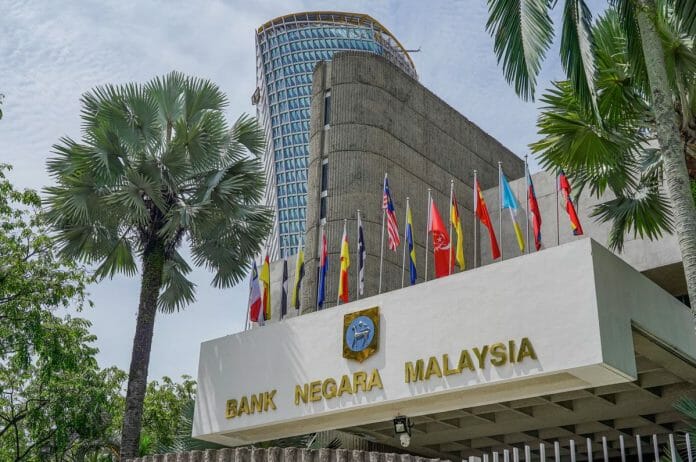For the third straight month, foreign investors continued to net sell Malaysia’s debt securities in February, albeit at a much slower pace compared to January. This trend Kenanga says is mainly due to a reduction in exposure to Government Investment Issues (GII) and Malaysian Islamic Treasury Bills (MITB)
As a result, the total foreign debt holdings decreased to RM264.1b in February (Dec: RM265.3b), with its share of the total outstanding debt dropping to a 13-month low of 13.1%. The widening of 10-year MGS-UST negative yield differential to an average of -37.4 bps, combined with the prevailing risk-off sentiment as investors scale back their expectations of Fed rate cuts, has led to waning interest in emerging market debt, resulting in persistent outflows. To add, the sluggish implementation of key government policy measures, particularly those aimed at reducing debt and fiscal deficit, has eroded investors’ confidence in Malaysia’s future prospects. Notably, during the third week of February, foreign investors divested more than RM1.0b in Malaysian bonds. The peak net outflow of the week occurred on February 20, coinciding with the day the ringgit plummeted to its historic low of 4.799/USD.
Foreign buying of Malaysian Government Securities (MGS) and Corporate Bonds & Sukuk is insufficient to offset the pace of outflows from GII and MITB. GII: experienced its largest outflow in 20 months, diminishing the foreign holdings share to 8.8%, marking the lowest point in a year. MGS: reverted to an inflow after two consecutive months of foreign selling. However, the foreign holdings share continued to decline to 33.3%, reaching the lowest level in almost 13 years, attributed to an increase in the total outstanding, driven by new issuance and reopening amounting to RM10.0b.
CBS: managed to attract foreign investors’ demand, especially in the sukuk space, resulting in the foreign holdings share reaching a 13-month high of 1.6%. Foreign buying on Bursa accelerated to RM1.3b, marking the fourth straight month of net inflows. The pace of foreign buying on the local bourse nearly doubled in February compared to January, driven by the continued allure of low valuations in domestic equities for foreign investors. This trend is particularly evident in utilities and financial services stocks, which collectively attracted RM0.96b or 72.5% of the total inflows.
Albeit marginal, the capital market recorded its first net foreign inflow in three months. Foreign investors may begin allocating funds to emerging market following an expected Fed rate cut in 2H24. The anticipated series of Fed rate cuts, set to commence in June, may incentivise investors to continue accumulating high-yield US bonds in the next few months, drawn by their high returns and considerable convexity.
However, the house adds investors seeking to sustain their returns may begin to allocate their funds towards stable,
high-yielding emerging market debt, especially in countries where central banks are not expected to cut rates. Despite Malaysia’s relatively higher credit rating and lower implied probability of default compared to its ASEAN-5 counterparts, the government need to effectively implement the Madani policies to entice foreign investors. This includes reducing the country’s debt through efficient expenditure-based fiscal consolidation and improving governance standards.









